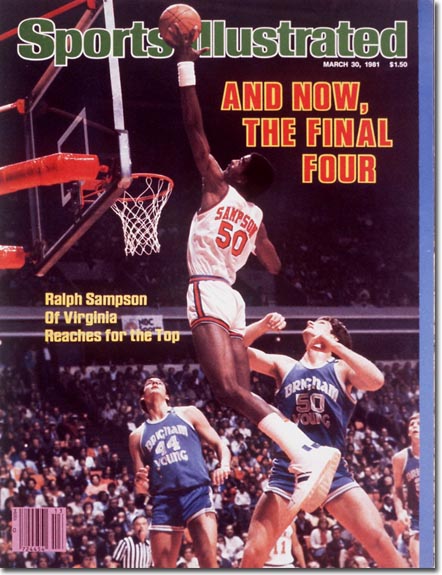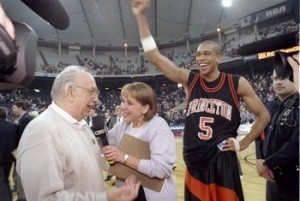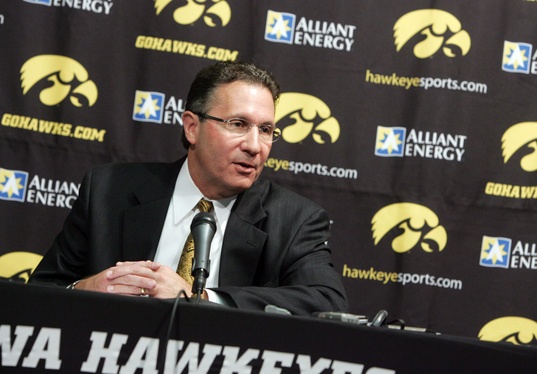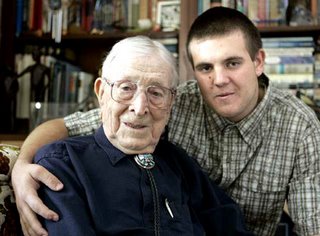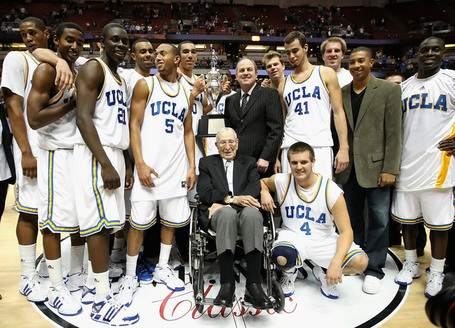Time For The Hall of Fame To Reevaluate Itself
Posted by nvr1983 on April 12th, 2011A little over a week ago, the Naismith Hall of Fame announced its Class of 2011 during the NCAA Final Four festivities in Houston. Chris Mullin, Dennis Rodman, and Arvydas Sabonis were among the individuals selected to join the list of luminaries in Springfield, Massachusetts in August. We would have a difficult time arguing against any of the individuals selected this year or previous years, but when we looked at the list of those currently enshrined in the Hall of Fame we were shocked to see which players the HOF voting committee (done anonymously) left out. Cases can certainly be made for at least a dozen individuals who have not already been inducted to the Hall, with many of them being some of the African-American pioneers of the game who played in less well-recognized venues and leagues, but the two who stand out for us — Ralph Sampson and Christian Laettner — do not fall into that group by any measure.
Both players already meet the Naismith Hall of Fame’s requirement of being retired for five years, so they are eligible for selection. There will be some who will argue that neither player had a great NBA career, and we will not even try to argue that because there is little debate that both had disappointing pro careers although both had their moments. But that misses the point of the Hall of Fame. It is not solely a forum to recognize achievement at the professional level. As its own site states, since 1959 it has “honored and celebrated the game’s greatest moments and brightest stars.” There is nothing on its website stating that it is specifically for professional basketball either at the NBA level or overseas. Another argument you will hear is that both Sampson and Laettner were exceptional college basketball players who already have been honored at the National Collegiate Basketball Hall of Fame in Kansas City, Missouri in the past two years. Once again, that misses the point, as there are multiple coaches in both Halls of Fame, including Mike Krzyzewski, Jim Calhoun, and Lute Olson, none of whom ever coached at the professional level. The fact that neither player has been selected yet is simply a travesty and raises questions about the utility of the Naismith Hall of Fame when two of the greatest college basketball players of all-time (probably both in the top ten on most lists) are not included.





























